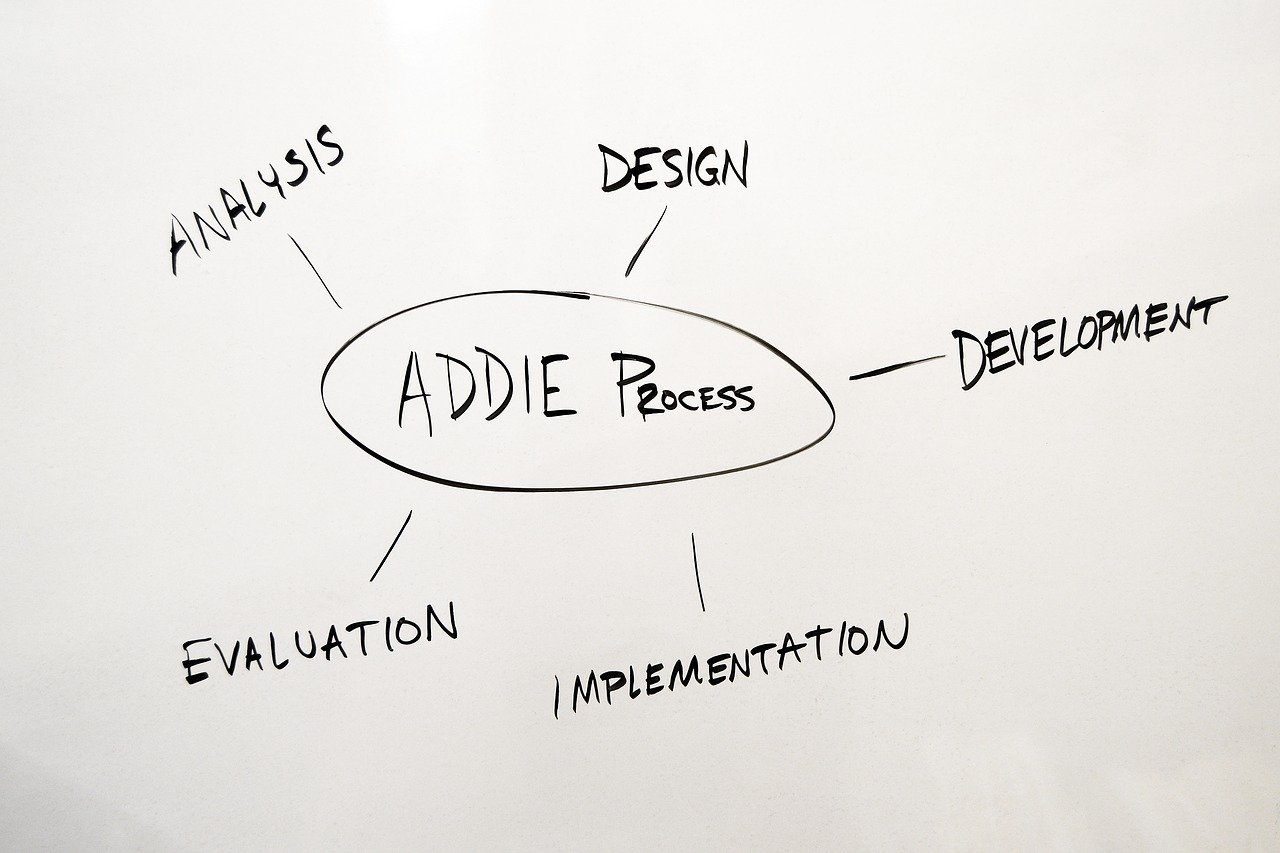In the realm of website optimization and digital marketing, exchanging friendship links, also known as reciprocal links or link exchanges, is a strategy that has been used for years to improve search engine rankings and drive traffic. However, not all link exchanges are created equal, and there are several factors to consider when deciding which websites to partner with for this purpose. Here is a detailed exploration of the factors to keep in mind when exchanging friendship links in English:
1、Relevance of the Website:
The most critical factor is the relevance of the website you are considering for a link exchange. Links from relevant websites carry more weight with search engines because they are seen as more natural and valuable. For instance, if your website is about gardening, exchanging links with a website about cooking might not be as beneficial as exchanging with a website about organic farming or plant care.
2、Authority and Trustworthiness:
The authority and trustworthiness of a website are measured by its domain authority (DA) and page authority (PA). These metrics, provided by tools like Moz, indicate how likely a website is to rank on search engine result pages. Linking with high-authority websites can boost your own site's authority, while linking with low-authority sites can have the opposite effect.
3、PageRank (PR):
Although Google no longer publicly displays PageRank, it is still a concept that many webmasters consider. PageRank is a score (on a scale of 0-10) that represents a page's importance. A higher PR indicates that the page is more likely to be linked to by other important pages, which can be beneficial for your own site's ranking.
4、Content Quality:
The quality of the content on the website you are considering for a link exchange is crucial. High-quality, original, and informative content is more likely to be trusted by search engines and users alike. A link from a website with poor content can harm your site's reputation and SEO efforts.
5、Website Traffic:
Analyzing the traffic of the potential link partner can provide insights into the potential value of the link. Websites with high traffic can drive more visitors to your site, which can be beneficial for both branding and SEO.
6、Backlink Profile:
Examine the backlink profile of the website you are considering for a link exchange. A diverse and high-quality backlink profile is a good sign, as it indicates that the website is trusted and authoritative. On the other hand, a website with a poor backlink profile, such as one with many spammy or low-quality links, can be harmful to your own site's SEO.
7、Anchor Text:
The anchor text used in the link pointing to your website is an important factor. Ideally, the anchor text should be relevant to your website's content and include your target keywords. Over-optimizing anchor text with the same keywords can be seen as manipulative by search engines and may lead to penalties.
8、Link Placement:
Consider where the link will be placed on the partner's website. Links in the footer or sidebar are often considered less valuable than those within the main content. Additionally, nofollow links, which do not pass SEO value, should be avoided unless there is another clear benefit to the link, such as driving traffic.
9、Website Age:
The age of a website can be an indicator of its trustworthiness. Older websites are often seen as more established and trustworthy, which can be beneficial for your link's SEO value.
10、User Experience:
The user experience on the potential link partner's website is also important. A website that is difficult to navigate, has a slow load time, or is not mobile-friendly can negatively impact the user experience, which can indirectly affect your website's reputation.
11、Language and Regional Relevance:
When exchanging links in English, it's beneficial to consider websites that cater to the same language and regional audience. This can help ensure that the traffic driven to your site is more likely to be relevant and engaged.
12、Link Exchange Ratio:
Be cautious of websites that engage in excessive link exchanges. A high link exchange ratio can be a red flag, as it may indicate that the website is more focused on SEO manipulation than providing value to its visitors.
13、Transparency and Communication:
It's important to have clear communication with potential link partners. Ensure that both parties understand the terms of the link exchange and that there is transparency regarding any changes to the link or the website.
14、Monitoring and Maintenance:
After establishing link exchanges, it's crucial to monitor the performance and maintain the relationships. Regularly check the status of the links and the health of the partner websites to ensure that the link exchange continues to be beneficial.
In conclusion, exchanging friendship links can be a valuable strategy for improving your website's SEO and driving traffic, but it requires careful consideration of various factors. By focusing on relevance, authority, content quality, and other key aspects, you can ensure that your link exchange efforts contribute positively to your website's online presence and success.








 京公网安备11000000000001号
京公网安备11000000000001号 浙ICP备17005738号-1
浙ICP备17005738号-1